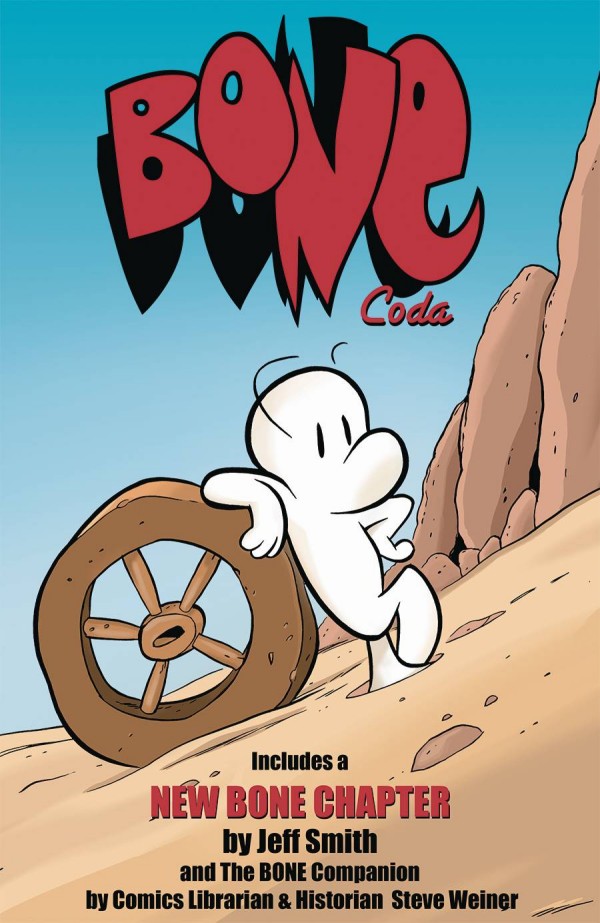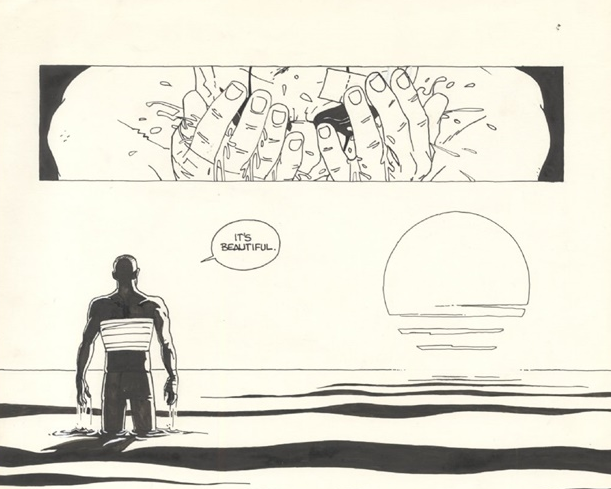Dressing
Lose #7
Written and Drawn by Michael DeForge
Published by Koyama Press
Michael DeForge’s comics make me extremely uncomfortable. Maybe they are even frightening as the short stories in Lose #7 and Dressing have these visions of existence transformating into something more than human or even maybe just more human. Whether it’s a girl’s father slowly metamorphosing into his just-discovered celebrity brother (Lose #7) or Mars colonists slowly losing their own humanity and truly becoming Martians (Dressing,) DeForge twists our ideas of identity into deformity and into beauty of our potential transformations into a new creation. It's frightening but exhilarating.
Lose #7 has three stories in it, the most prominent one being “Movie Star.” A girl takes care of her sick father, having movie nights with him as she tries to nurse him. His life seems be be over and her life never really got started. Kim should be out on her own but she has responsibilities and fears all tied into her father’s condition. One night they have an uncomfortable laugh as she jokes that the star of a movie they’re watching looks a lot like her father. From there, the story becomes this bizarre story of her father discovering a brother, a sister-in-law and a family apart from his daughter. DeForge follows the father’s metamorphosis down this oddly twisting path that doesn’t leave room for his daughter in his life.
 |
| From Lose #7- "Movie Star" |
The stories in Dressing could be described in similar ways. But more than just the characters going through changes, it also has stories where characters are recognizable but their environments are completely surreal. The through line in all of these stories is the uncertainty of our own defined perceptions of ourselves. DeForge makes us explore this concept from many different angles narratively as well as visually. The stories would be odd enough if told from a point of view that tried to represent everyday reality, like a Chris Ware or Dan Clowes. Either of those cartoonists would bring their own idiosyncratic approach to the stories. Those may be distant and removed approaches as they tried to find their way into humanity. DeForge’s stories are far more alien than either of those cartoonists because his art, full of geometric forms, immediately removes an easy way into the story because he’s not drawing the world you or I see but a world that exists under our skin.
 |
| From Dressings: "Mars Is My Last Hope" |
With DeForge, reality becomes a horror show not of blood and gore but of uncertainty. Reality is shaky ground in his stories in Lose #7 and Dressing. His stories of changing identity combined his existence-warping artwork make us question our own concept of self. Could the reality that DeForge tells stories about be more real that what we experience every day? You can’t come away from either of DeForge’s works (or really any of his books) without questioning the world around you.
You can find Michael DeForge online at his website or on Twitter. He will be at SPX2015 at tables L1-2.
 |
| From Dressing: "Tiny Ophthalmologist" |










